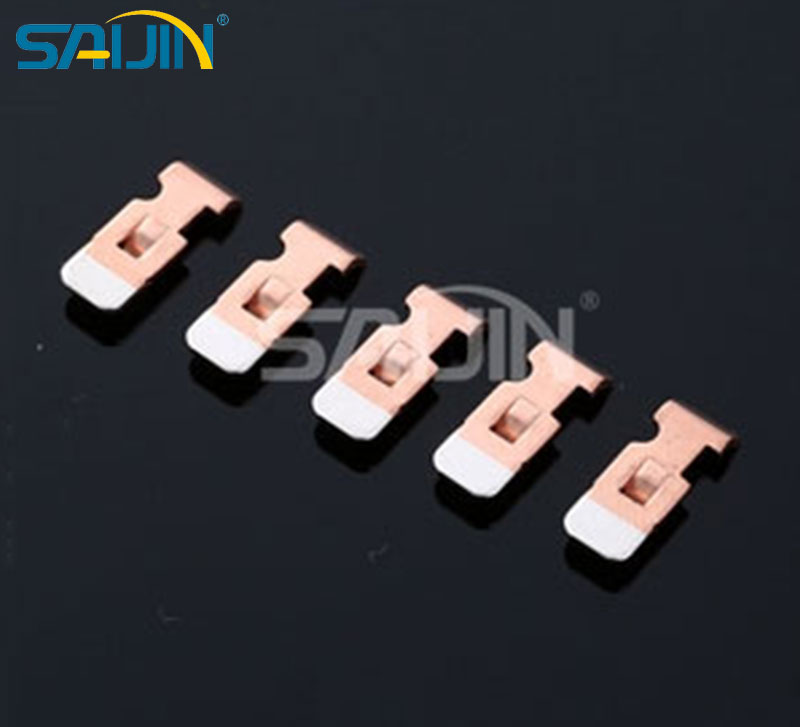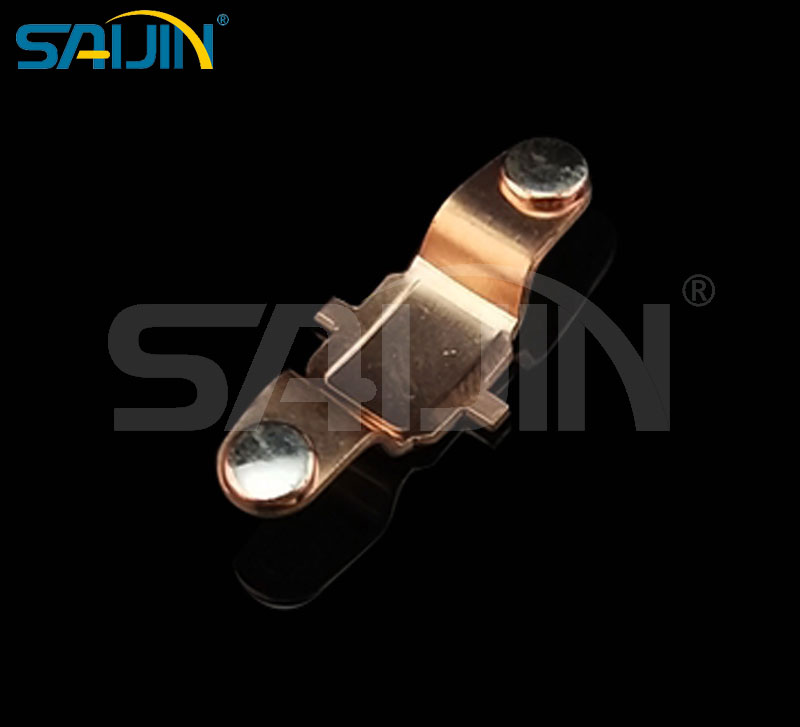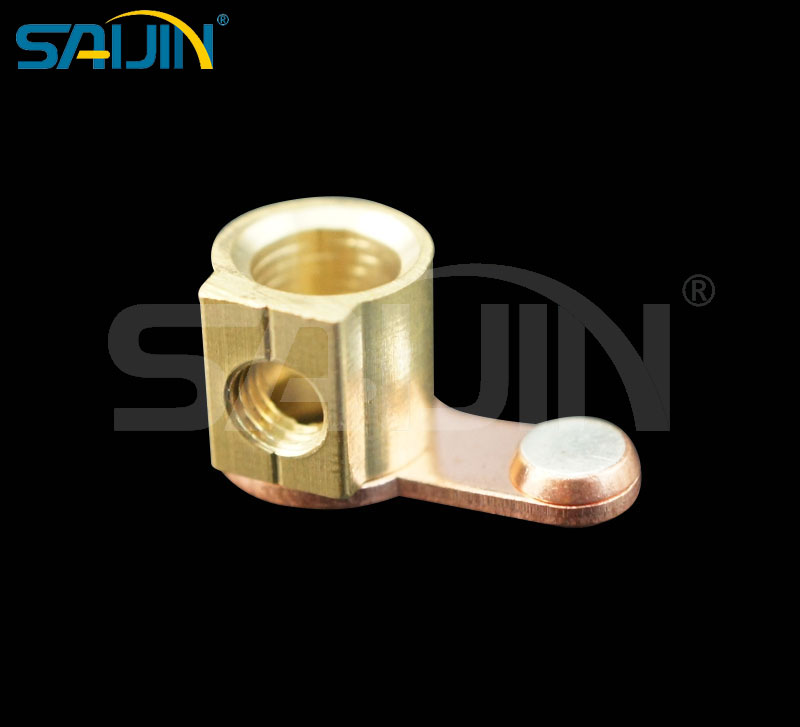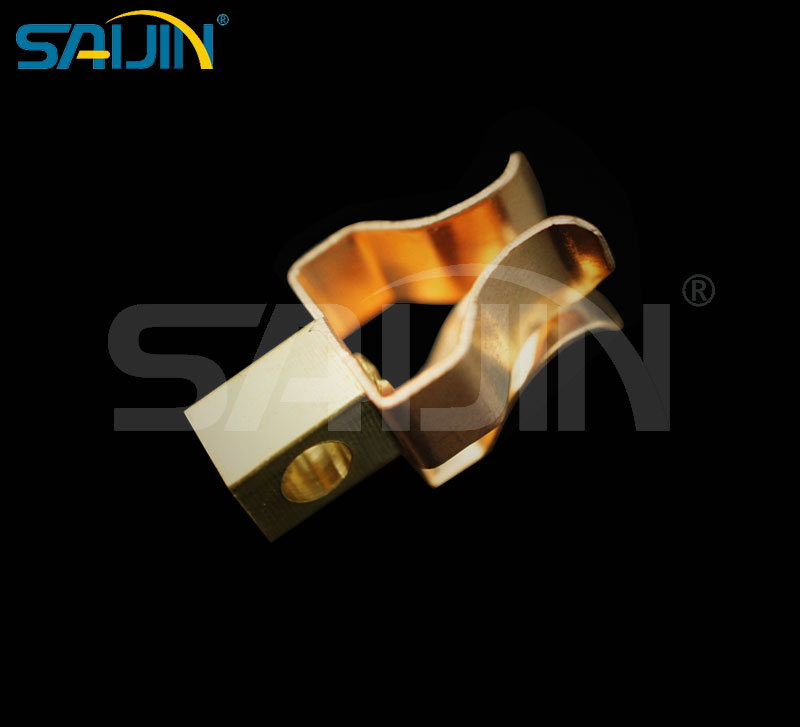What is a Hollow Rivet?
A hollow rivet is a type of fastener that features a cylindrical shaft with a hollow center and a head on one end. This design distinguishes it from solid rivets, as the hollow portion allows for various advantages in different applications. The hollow structure can reduce weight, save material, and in some cases, provide space for other components or facilitate certain manufacturing processes.
Definition - Hollow Rivet
A hollow rivet is essentially a mechanical fastener used to join two or more materials together. It consists of a head, typically flat or countersunk, and a shank with a hollow interior. The hollow shank is the key characteristic that sets it apart. When installing a hollow rivet, the process usually involves inserting the rivet through pre - drilled holes in the materials to be joined and then deforming the end of the shank (the tail) to create a second head, which holds the materials in place. This deformation can be achieved using various tools such as rivet guns or presses.
Application of Hollow Rivets: Where the Hole Matters
The central bore is what makes hollow rivets indispensable in numerous scenarios:
1. Electrical & Electronics: Connecting wires to terminals (battery terminals, switch contacts), securing components on circuit boards where leads pass through, attaching connectors.
2. Automotive & Machinery: Securing cables (brake, clutch, throttle cables) where the inner cable must move freely through the outer housing, attaching fluid lines (low pressure), fastening trim and badges.
3. Aerospace: Lightweight fastening of non-structural panels, cable guides, interior components.
4. Textiles & Leather: Fastening belts, straps, bags, shoes, saddlery, and clothing (like jeans buttons) – the hole allows stitching thread or lace to pass through or provides a pivot point.
5. Signage & Displays: Mounting letters, panels, and components where a hole is needed for mounting hardware or wiring.
6. General Manufacturing: Assembling toys, appliances, furniture, and any product requiring a permanent fastener with a functional hole.
Types of Hollow Rivet
Hollow brass rivets are made from brass, an alloy of copper and zinc. Brass has good mechanical properties, including moderate strength and ductility, which makes it suitable for a variety of applications. These rivets are often used in decorative applications due to the attractive appearance of brass, which can be polished to a shiny finish. In addition, brass has good corrosion resistance in many environments, making hollow brass rivets suitable for use in outdoor or humid conditions.
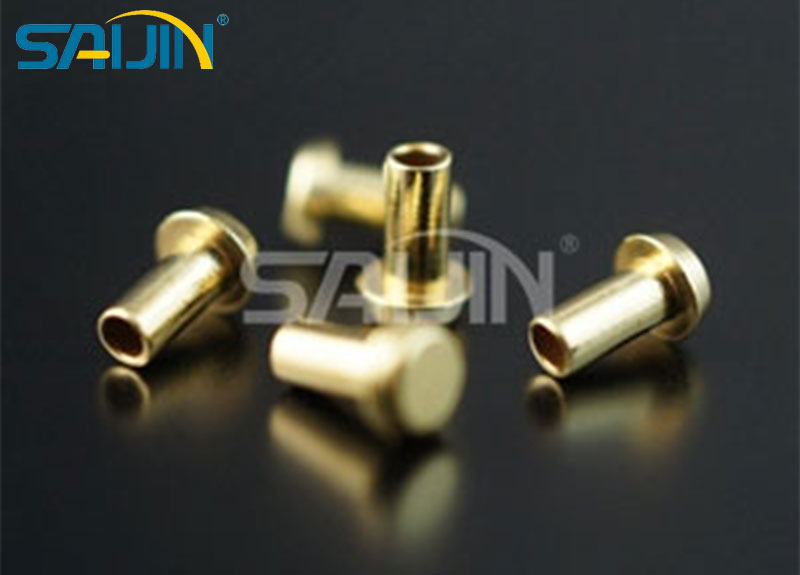
Aluminium hollow rivets are lightweight and have excellent corrosion resistance, making them ideal for applications where weight is a critical factor. Aluminium is much lighter than steel or brass, which is why these rivets are widely used in the aerospace industry for aircraft component assembly. They are also popular in the automotive industry for lightweighting initiatives, such as in the construction of car bodies and engine components. Aluminium hollow rivets can be easily formed and have good thermal conductivity, which can be an advantage in applications where heat dissipation is important.
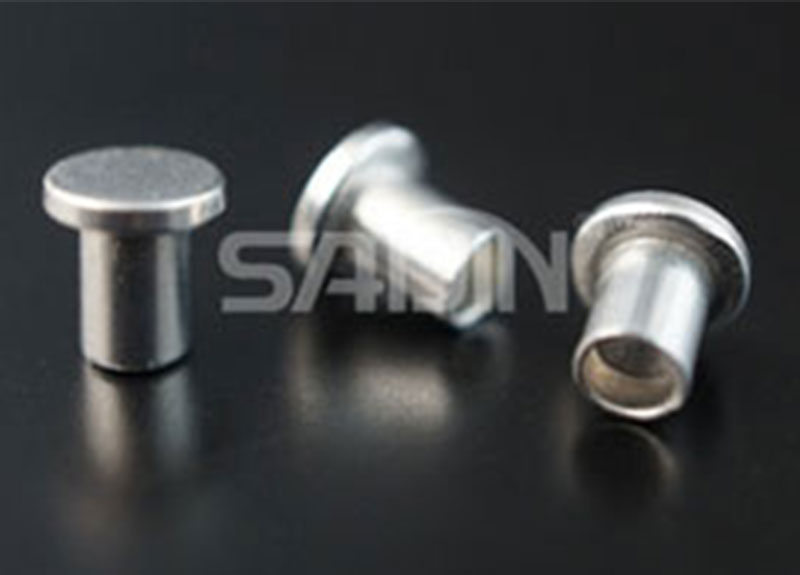
Composite Hollow Copper Silver Contact Rivets
Composite hollow copper silver contact rivets are a specialized type of hollow rivet designed for electrical contact applications. The core of the rivet is made of copper, which has excellent electrical conductivity, while the contact surface is made of silver, which has even better electrical conductivity and also offers good resistance to oxidation and electrical wear. These rivets are used in electrical switches, relays, and other electrical components where a reliable and low - resistance electrical connection is essential. The hollow design in these rivets can also help in reducing the overall weight of the electrical component while maintaining the necessary electrical performance.
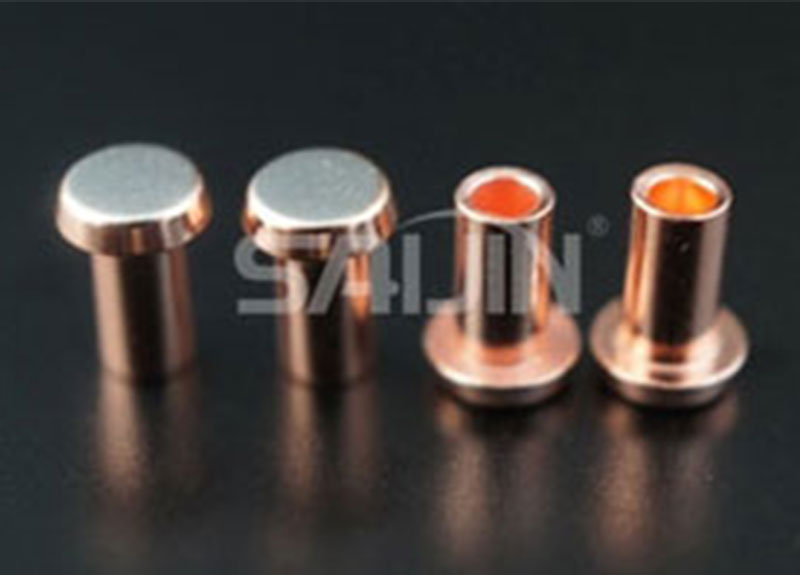
Conclusion
Hollow rivets are ingenious fasteners defined by their central bore. This simple feature unlocks a vast array of applications where a permanent mechanical joint must also allow for the passage of something else – electricity, fluid, a cable, or mounting hardware. From the electrical conductivity of brass and copper-silver composites to the lightweight strength of aluminium, the material choice tailors the rivet to its specific environment and function. Understanding the definition, applications, and types of hollow rivets empowers designers and manufacturers to select the optimal solution for joining components where a hole is not just acceptable, but essential.
Hollow Rivet FAQ
Q: What tools do I need to install a hollow rivet?
A: You typically need a hollow rivet setter (a specialized tool with a punch and a matching die/anvil). This can be a hand-operated tool, a pneumatic/hydraulic press, or even a hammer for softer rivets and softer materials. The tool flares the rivet shank precisely.
Q: What's the difference between a hollow rivet and a solid rivet?
Core: Hollow rivets have a hole running through the center; solid rivets are entirely solid.
Installation: Solid rivets are deformed (bucked) along their shank; hollow rivets are flared at the end.
Function: The hole is the key functional difference. Solid rivets provide a solid plug; hollow rivets provide a passageway or mounting hole.
Strength: Solid rivets generally offer higher shear and tensile strength for structural applications. Hollow rivets are for joining where the hole is functional or for lighter-duty fastening.
Q: Can hollow rivets be used in high - strength applications?
A: Generally, hollow rivets are not recommended for high - strength applications where heavy loads are involved. Solid rivets or other types of fasteners such as bolts and screws are more suitable for such cases. However, in applications with moderate loads, hollow rivets can provide a sufficient level of strength.

